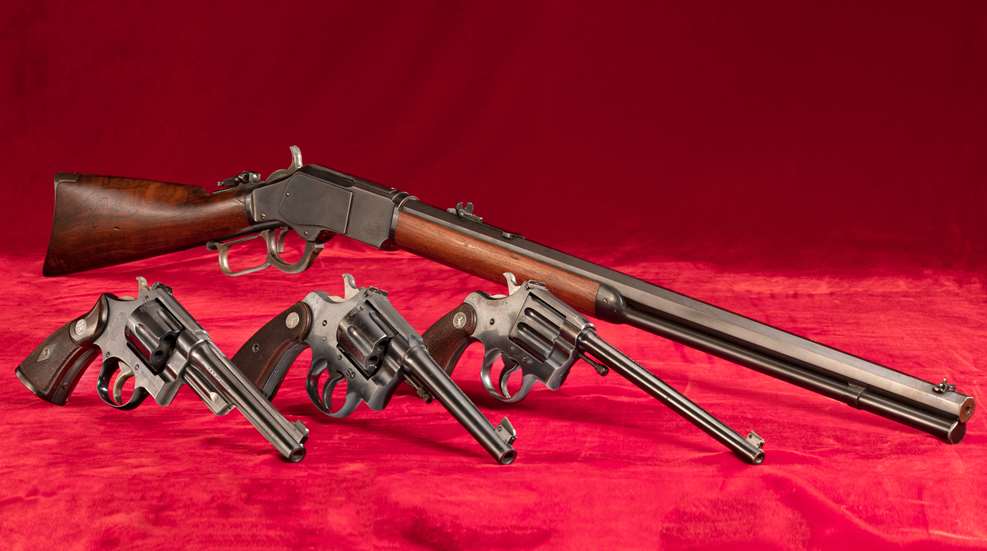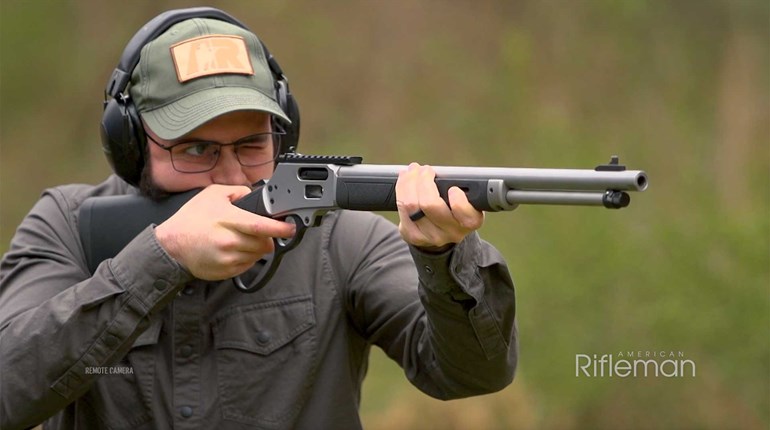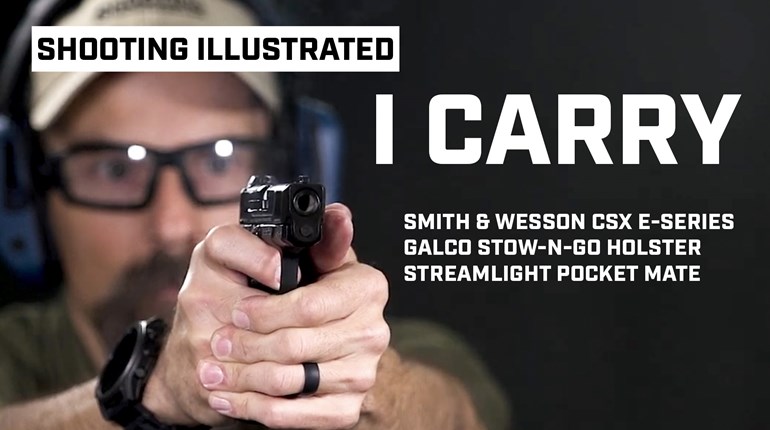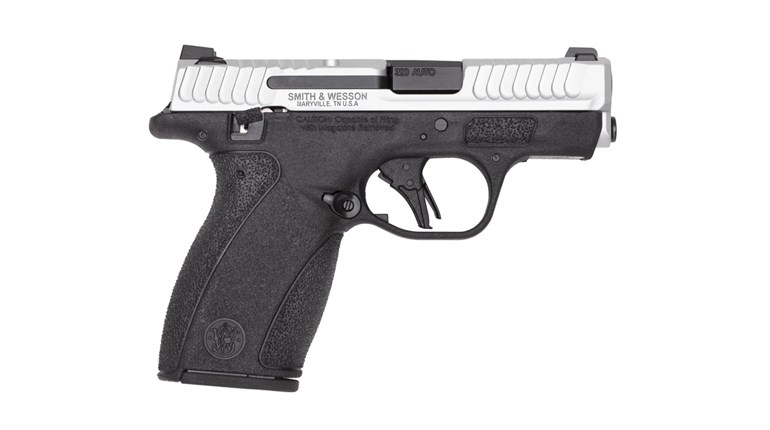
While the majority of firearms are mass-produced, some manufacturers offer semi-customized, more collectible models.
Moviegoers of 1950 enjoyed a motion picture with a unique plot twist. Rather than a tale of the trials and tribulations of a hero, we were treated to the travels and transfers of a gun. A big-budget Western starring Jimmy Stewart leading a large cast of well-known actors, “Winchester ’73” treated the gun as though it were a character. Its behavior (accuracy) established in the opening scene, succeeding scenes showed the gun used and misused, bought and sold, as it moved from owner to owner. An interesting story and well told, the film was fictional—the gun was not.
There really was a Winchester Repeating Arms, Model of 1873. It was often called the gun that won the West. A lever-action, tube-fed rifle and carbine that also fired ammunition suitable for large revolvers of the day, the ’73 literally made Winchester. Manufactured well into the 20th century, this reliable arm came in many variations. In its early days, a hand-picked version known as the “1 of 1,000” was available. All ’73s were fired for accuracy and function at the factory. The better shooters were set aside, then finished with the special barrel markings. This model was rather rare, and even some Winchester collectors were not aware of it. The movie served to draw attention to the gun, which was a bit better than the norm and the literal pick of the litter. Since “1 of 1,000” ’73s sold for a premium price in the 1870s and an exaggerated price in the 1950s, we can assume consumers saw them as valuable.
I am no expert on gun prices, but the Winchester example is really interesting. If you are making things in a plant, you quickly learn that varying from the norm is really expensive. Some gunmakers see the appeal of a one-of-a-kind gun and establish a smaller in-factory specialty shop to make them. Such facilities are currently operational in almost every firearm maker in the country. This goes beyond engraving, which has been common since Samuel Colt used guns that are latter-day works of art as incentives for big orders. The fanciest engraving in the world has no effect on a gun’s shooting performance. I am far more interested in custom touches that improve a firearm’s performance in handling and accuracy. This is not referring to the work of aftermarket or custom gunsmiths, but rather to factory-original stuff.
As early as the 1920s, Colt was actively pursuing the development of specialized handguns for specialized shooting needs. At that point in time, a particularly interesting shooting game was popular in the Eastern United States. Its Camp Perry model, a single-shot .22 with the silhouette of an Army Special, was a favorite. Another Colt, one with an established history, was available at several price points. The New Service revolver, introduced at the turn of the 20th century, was Colt’s largest revolver; a police, military and outdoorsman’s service gun. It was available as a New Service Target Model with better fit, finish and trigger pull.
However, around 1930 or 1931, Colt introduced an even fancier version of the New Service Target. The variant was called the Shooting Master and was a beautifully fitted firearm with better sights, grips and a hand-built action. Made in several of the more popular chamberings, the upscale Colt Shooting Master was a one-at-a-time gun. Well-financed bullseye shooters of the late 1930s sometimes had two—one in .38 Spl., another in .45 ACP for ACP matches.
Meanwhile, farther up the Connecticut river, the folks at Smith & Wesson were busy with a new idea. They wanted a more powerful revolver for long-range shooting, while law enforcement desired a new handgun round capable of defeating car bodies and bullet-proof vests during the Prohibition and bank-robber eras. Soon the .357 Mag. was born. The very first ones were all custom built on the big N-frame and made to the customer’s specifications. They could choose from a lengthy menu of features: barrel length, sights, grips, trigger pull and others were available. Each gun was registered to the original owner, so it was known as the Registered Magnum. Each was built by the same gunsmith. It was an expensive proposition, but even in the Depression-era economy, Smith & Wesson could not keep up with the demand for these individualized .357s. The company is still making it as a high-quality revolver with standardized features.
Since the end of World War II, the American arms industry has exploded in size, and part of that expansion is even wider use of Custom Shops and Performance Centers. Colt sold thousands of revolvers of the commemorative type. Even small runs of guns, with special features like markings or sights have been made. Some of these types are quite valuable and the modern growth of online buying has facilitated their sale. I am perplexed by the amount of time and money people will spend for a rare gun in the belief that it is accurate. It is not accurate until it has been fired enough to break it in and establish its on-target performance. Shooting a gun lowers its value, so do you light your cigar with a $100 bill?
Pick-of-the-litter firearms such as “1 of 1,000” Winchester ’73s or even Smith & Wesson Registered Magnums are interesting in the historical sense. Unquestionably they are superior guns. They were designed to be used and as much effort went into making them as shootable as pretty. I understand this and even own a few that remain unfired. Yet, if it is a gun that could be used, I am more concerned with sights, grips and trigger action—always with fightin’ iron.





































